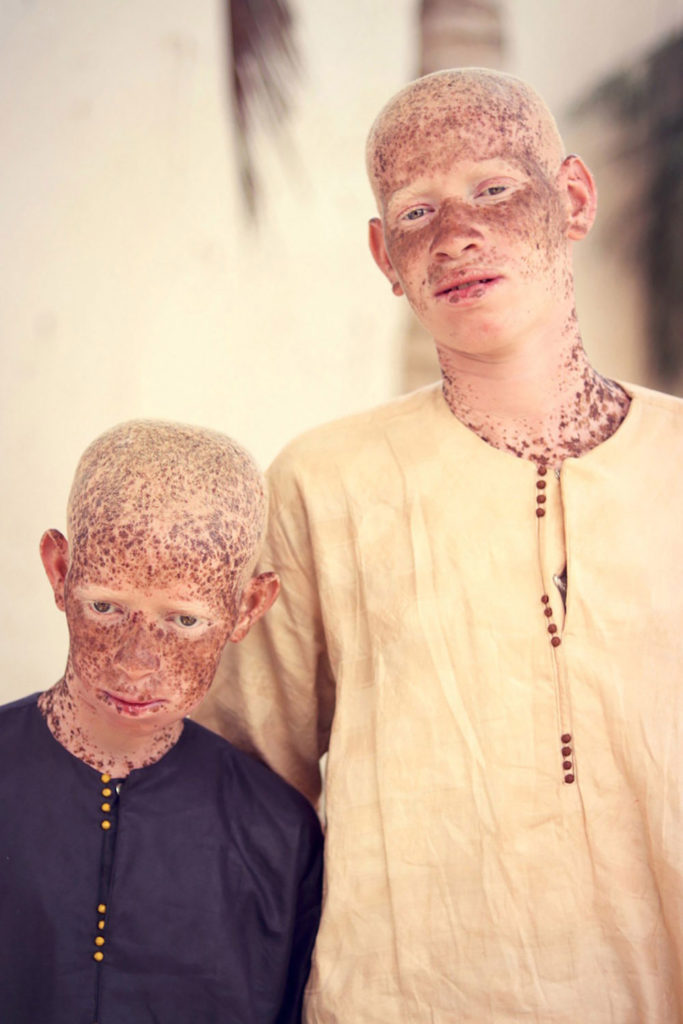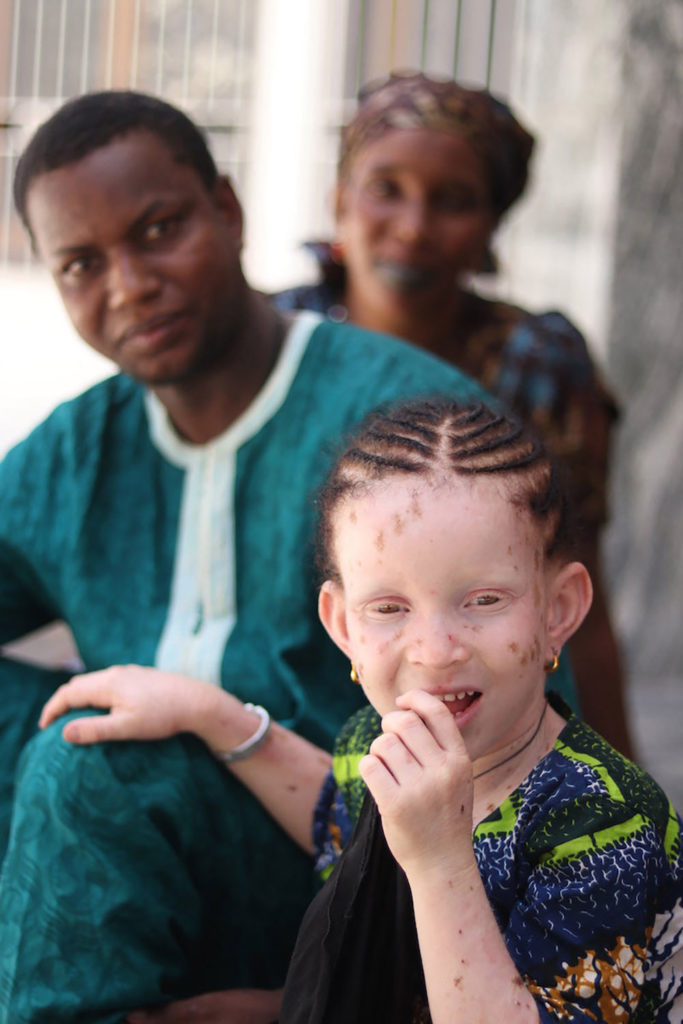What to know about the Albino people and Albino disease?

95% of those living in Senegal with Albinism die before the age of 30 due to skin cancer. Many of these people are illiterate and are forced to beg, and sometimes to worse, because of their discrimination and persecution. The photographs you will see below were taken by Antoine Janot for World Albinism Day, prepared by the United Nations Information Center.
Source: rotka.org
What is Albino disease briefly?
Albino disease, also known as Albinism, is a metabolic disease that can be seen in humans or animals, genetically passed on to the person. Melanin, that is, is caused by the lack of or little color pigment of the body. Albino disease, which is seen every 17,000 people, affects the eyes, hair, (hair) skin of the person or animal and other parts of the body. There is a definite relationship between albino and genetics.
Characteristics of Albino people
The skin structure in all people with albino disease is thin and white. The pupils, on the other hand, have a pink shade. Albino peoples are usually astigmatism because they are light sensitive. (Eye discomfort that prevents clear vision) Also, since they are sensitive to light, they may have discomfort such as eye shaking. Vision rates range from 10% to 14%. In addition, albino human can rarely experience mental retardation or physical weakness.
Different information about Albino disease
• Albino is more common in women than in men.
• “The eyes of Albino patients are red”. The term is wrong. The eyes of Albino patients are blue and gray, although not all.
• No matter how many diseases we call albino, it is actually a genetic disorder in medicine.
• It is passed on to the person through genes from both mother and father.
• The children of someone who is not an albino and marries an albino will not be an albino. But they become carriers.
• As the Albino person gets older, his hair may darken.
• As you get older, your eye color can vary from blue to brown.
What problems do people with Albino face?
Albino disease can cause very dangerous problems in the person. The person with Albino disease cannot stay in the sun much. The reason for this is the low or no melanin pigment in your body. If the inconvenient person stays under the sun inadvertently for too long under the sun, the body cannot resist the sun’s harmful rays, and the albino person is exposed to the sun’s harmful rays. Therefore, it can catch skin cancer from high harmful rays coming from the sun and lose its life. They must take the necessary measures against the sun.
Types of Albinism
The types of albinism are divided into 2 as Ocular and Oculocutaneous. In other words, it is full albino and partial albino. In ocular albino, the skin color of the person is quite normal, but there is a problem in his eyes. The person’s eyes are sensitive to light and can move involuntarily. The oculocutaneous one is the albino we know.
Some of the skin of some people with this disease are white, while others are white. The name of whiteness in certain parts is also called Vitligo disease.
What is Vitligo disease?
Vitligo’s disease is the loss of color of the skin in certain places. Doctors say that treatment of this disease is possible. It is generally seen on the neck, face, elbow, and lips. It is normal to be seen with most diseases. The probability of Vitligo disease in humans is between 1% and 4%.
Albino symptoms
Skin: The most prominent symptom of albinism is a lighter skin tone. However, the skin tone is not always significantly different. Melanin levels may increase gradually in some people, gradually darkening skin tone as they age.
After exposure to the sun, some people with albinism can form freckles, blues (often pink in color due to reduced pigment) and large freckle-like spots called lentigines.
Hair: As with the skin, hair color can vary from white to brown. Those of African or Asian origin tend to have blond, brown or reddish hair.
As the individual ages, the hair color may gradually darken. Eye color: this can also change with age and range from very light blue to brown. Low levels of melanin inside the iris mean that the eyes may look slightly translucent and the light will appear red or pink as it reflects the retina behind the eye.
Treatment of albino disease
Unfortunately, medicine has not yet found a cure for this disease, but doctors are still working on it.
Source: cahil.co










